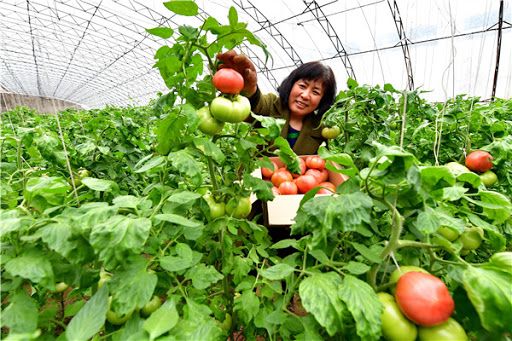China faces constraints in local food supply

China has faced various constraints in the local food supply, according to a US government report.
Despite the political importance Beijing attaches to self-sufficiency, its dependence on agricultural imports is increasing, making it increasingly vulnerable to volatility in world prices and supply.
In 2019, China became the world’s largest food importer, with purchases worth a total of $ 133.1 billion in food, consisting mainly of land-intensive crops such as soybeans and corn.
Most of China’s grain commodity imports, such as soybeans, are used as animal feed for China’s domestic meat industry.
China’s top agricultural suppliers are the United States and Brazil, the latter of which became China’s largest supplier of soybeans while it was at the height of the US-China trade war.
Although Beijing claims to have achieved its overriding goal of becoming self-sufficient in labor-intensive agricultural products such as rice and wheat, a study by the Chinese Academy of Social Sciences found that by the end of 2025 China’s domestic supply of grains will decline expects that demand will not reach 130 million tons.
Food
In the past year alone, the same analysis adds, an outbreak of African swine fever, extensive flooding in rural southern China, and the Covid-19 pandemic limited both the domestic food supply and the availability of agricultural imports, prompting volatility in domestic prices.
For example, current prices for staple vegetables like cabbage, celery, daikon and eggplant doubled over the past year, while African swine fever caused the price of pork to rise 101.3% year-on-year in 2019.
The World Bank estimates that globally food prices rose nearly 20% in 2020, reflecting reports that Chinese food prices rose 21.9% year-on-year in February 2020.
Likewise, China is responsible for feeding about 20% of the world’s population, but it has only about 9% of the world’s arable land, according to the National Bureau of Statistics of China.
Also, China’s agricultural sector faces a declining workforce and slow investment, as China’s rural workforce declined by almost 20% between 2009 and 2019, and investment in fixed assets in the agricultural sector has stagnated between 2 and 4% since the early 2000s, representing less than half the sector’s share of GDP.
![]()

